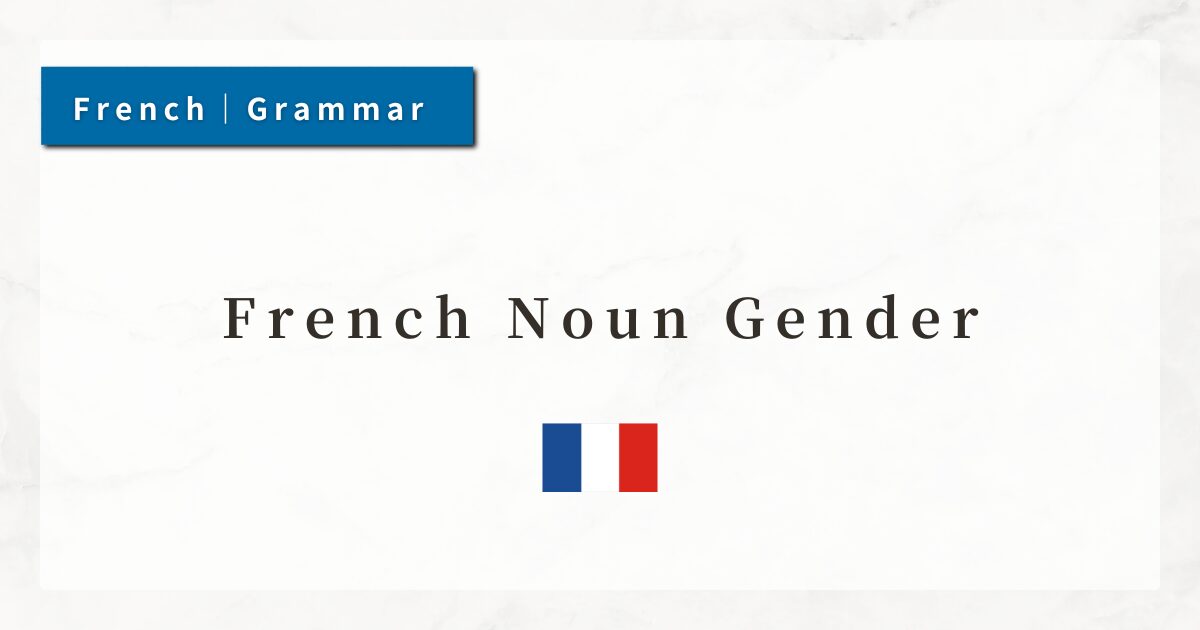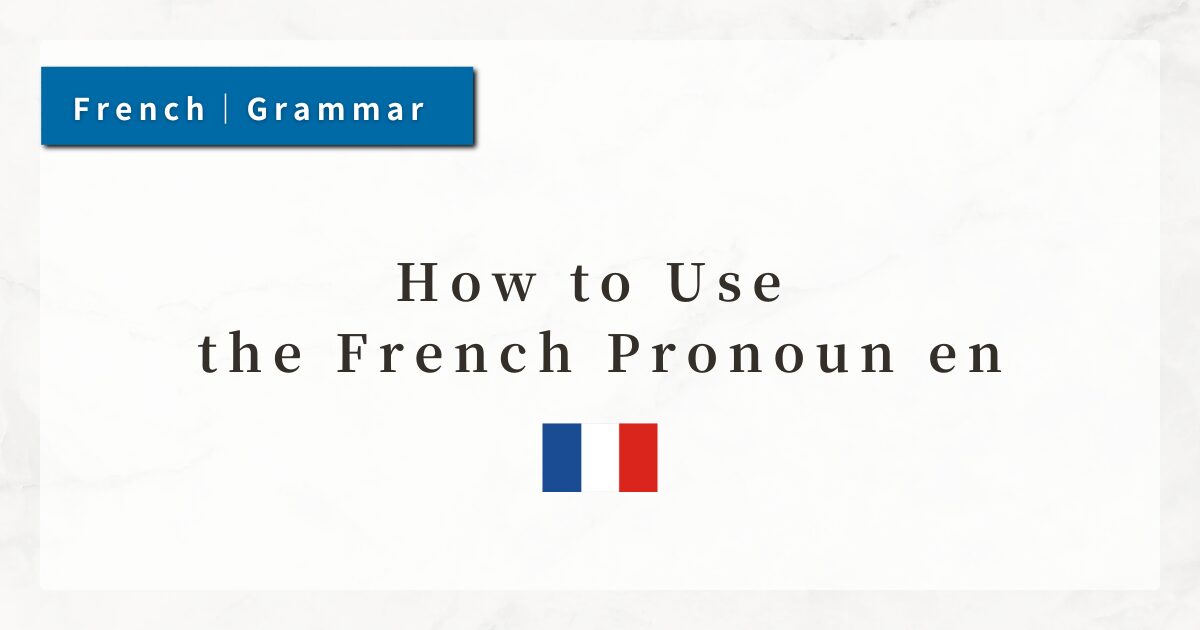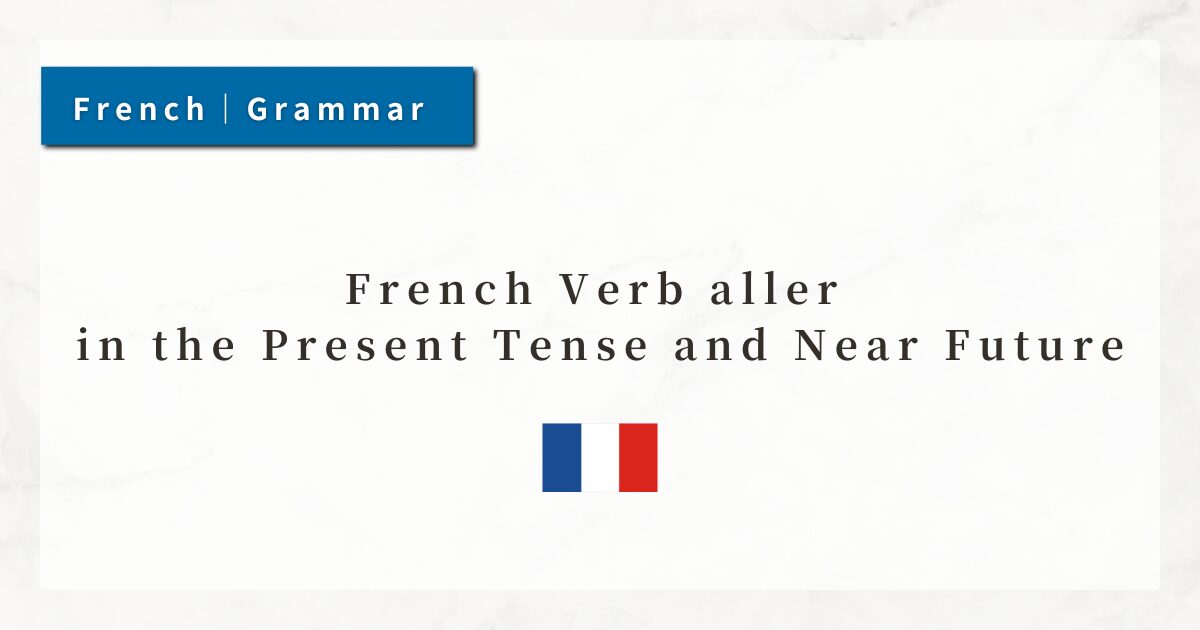#3 French Noun Gender | How to Tell Masculine and Feminine Nouns Apart

In French, every noun is classified as either masculine or feminine.
The gender of a noun is an essential grammatical feature because it affects the form of articles, adjectives, and pronouns.
In this lesson, I will explain the basic rules and methods for identifying noun gender so that you can choose the correct form with confidence.
1. What Is Noun Gender?
French assigns a grammatical gender—masculine or feminine—to all nouns, whether they refer to people or things.
This grammatical gender does not always correspond to natural gender (actual biological sex).
- “boy” → un garçon (masculine noun)
- “girl” → une fille (feminine noun)
These examples feel natural, but consider the following:
- “book” → un livre (masculine noun)
- “apple” → une pomme (feminine noun)
Even inanimate objects have an assigned grammatical gender.
2. Articles and Gender
Articles placed before a noun change form depending on the noun’s gender.
- Masculine nouns
→ un (indefinite article), le (definite article) - Feminine nouns
→ une (indefinite article), la (definite article)
- un livre (a book) / le livre (the book)
- une table (a table) / la table (the table)
3. Agreement of Adjectives
Adjectives must agree in gender (and number) with the noun they describe.
- Masculine
→ un stylo noir (a black pen) - Feminine
→ une voiture noire (a black car)
Because the adjective ending changes according to the noun’s gender and number, understanding gender is crucial for accuracy in other parts of grammar.
4. Identifying Noun Gender (Guidelines)
While there are many exceptions, certain noun endings are more commonly associated with one gender than the other.
Common masculine endings: -age, -ment, -isme, -eau, -phone,
- fromage (cheese)
- bâtiment (building)
- mouvement (movement)
Common feminine endings: -tion, -sion, -té, -ure, -ette, -ie
- nation (nation)
- liberté (freedom)
- voiture (car)
Even with these patterns, exceptions exist, so it is best to memorize each noun together with its article.
5. Summary
- All French nouns are classified as either masculine or feminine.
- Articles (un / une, le / la) and adjectives change form according to noun gender.
- Gender is assigned to both tangible objects and abstract concepts, regardless of meaning.
- Gender can often be guessed from endings, but exceptions are common, so learning each noun with its article is essential.




